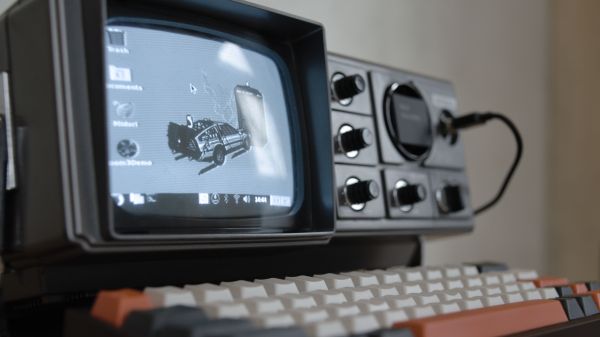Air engines are a common occurrence here on Hackaday. They’re relatively novel and reasonably easy to 3D print without requiring any fluids or supporting machinery. For example, [Tom Stanton] took a previous air engine design, did away with the air compressor, and instead used gravity and water to create just a few PSI to run the engine.
The basic setup is to have a large jug of water up somewhere high. Flexible tubing runs down to [Tom’s] custom acrylic pressure chamber. A little CNC-ing and some epoxy made a solid chamber, and we’re happy to report that [Tom] did some initial simulation before construction to make sure he wasn’t accidentally building a bomb. Some back of the napkin math showed that he could expect around 0.6 bar (around eight psi) with his setup. His first test showed almost precisely that. Unfortunately, [Tom] ran into some issues despite the early success. His engine would stop as it drew air and the pressure dropped, and the replenishing rate of the pressure was limited by the relatively small inlet hole he had drilled.
To fix this, he printed a larger diaphragm for the engine, so the lower air pressure had more to push against. This allowed the engine to run for a good while before the tank filled up. Additionally, he smoothed and polished everything, so it was as low friction as possible. We know we often state it here, but it is incredible what can be achieved with 3D printed parts these days.
We love seeing the iteration evident in this video. The various engine versions splayed across the table offer a powerful story about [Tom’s] persistence. Powering an engine is a small step to powering your whole home.



















